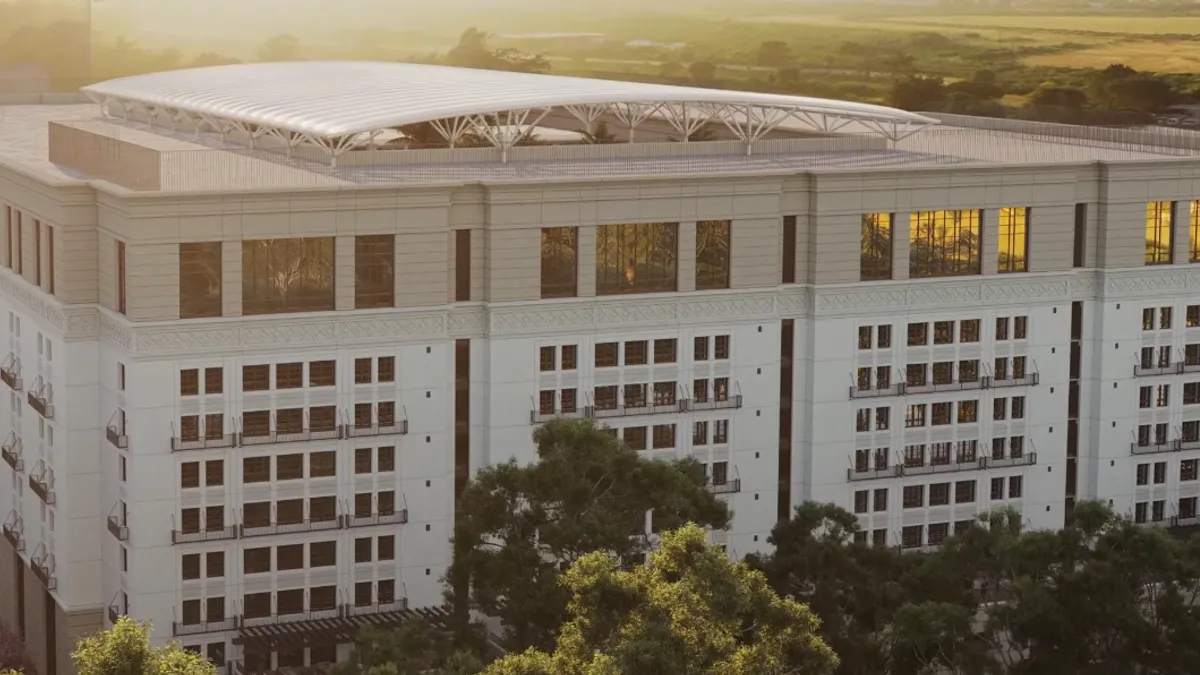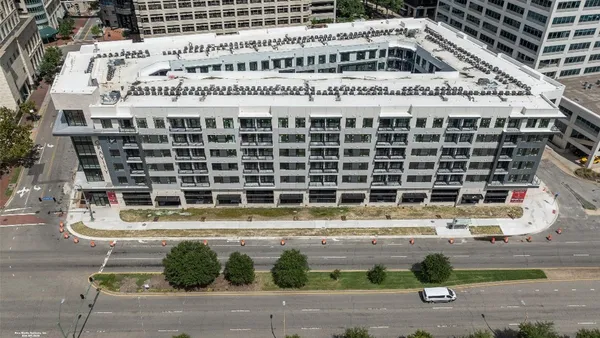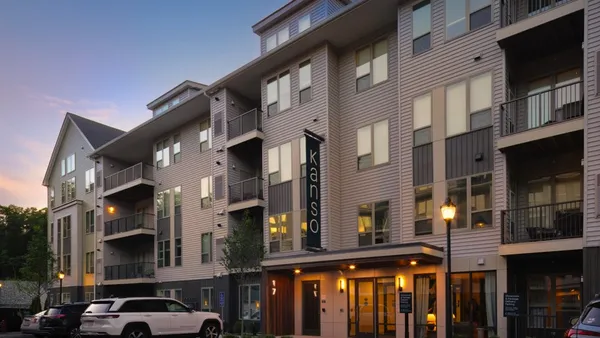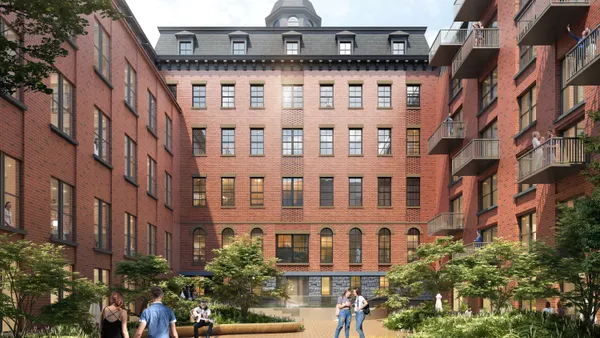Dive Brief:
- The University of California at Santa Barbara has changed course on a controversial dormitory project that has drawn national attention to a problem that many colleges face: a lack of student housing.
- UCSB plans to downsize its Munger Hall project from 11 stories to nine and from 4,536 beds to 3,500, UCSB Media Relations Manager Kiki Reyes told Multifamily Dive. No other design changes have been announced beyond the reduction in height and capacity. “We are still in the process of engaging and getting feedback from our campus community…to determine if there are additional ways that the design can be enhanced,” Reyes said.
- The project, dubbed “Dormzilla” by those opposed to it, has faced criticism from students and faculty for its density and for its layout, which includes many windowless student rooms.
Dive Insight:
This redesign comes ahead of the project’s Environmental Impact Review. After this review and another feedback period, the dormitory will then need approval from University of California Board of Regents and the California Coastal Commission in order to begin construction, Reyes said.
While the university projected earlier that construction could begin in early 2023, Reyes said there is no target date for construction to begin.
“Once construction starts, it should take about 40 months,” Reyes said. “If everything happens smoothly, the earliest construction could start would be the summer of 2023, but we are still taking community input and do not want to get out in front of the process.”
Looking ahead
Munger Hall, proposed in 2019, was designed by 98-year-old billionaire and Berkshire Hathaway executive Charlie Munger, who has designed a similar student housing project at The University of Michigan Ann Arbor and is expected to contribute $200 million to the dormitory’s construction.
UCSB’s goal with Munger Hall is to meet the needs of the university’s Long Range Development Plan, through which the university must accommodate 5,000 additional undergraduate students by 2025. The university has already added 1,500 beds to the campus in this timeframe through the San Joaquin and Sierra Madre Villages dormitories.
These buildings were a factor in the decision to shrink the project, as well as community input from tours of the building’s model home unit, according to Reyes.
“The updates we have made reflect concerns from the tour community regarding density and height. We will continue to work collaboratively to incorporate community feedback while ensuring we still meet the university's overall target of 5,000 new safe and affordable beds for undergraduate students,” Reyes told Multifamily Dive.
The project made headlines in late 2021 when Dennis McFadden, a consultant on UCSB’s architectural review board, resigned his position in protest of the project’s approval. In his resignation letter, McFadden refers to Munger Hall as “a social and psychological experiment with an unknown impact on the lives and personal development of the undergraduates the university serves.”











